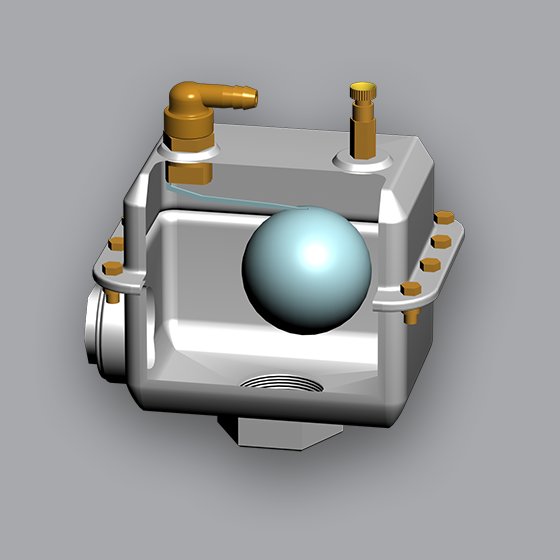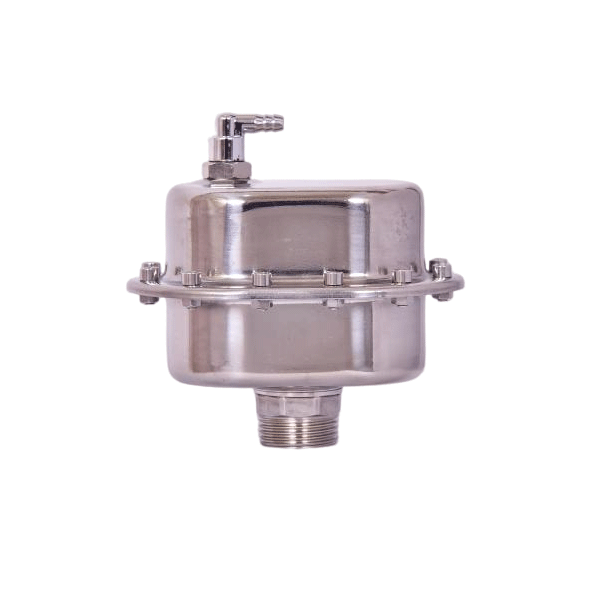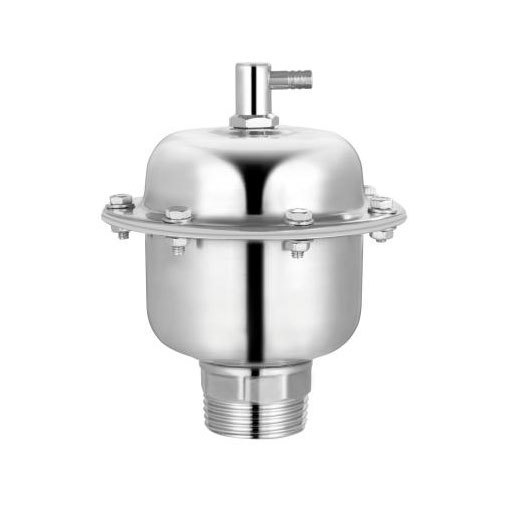Understanding the Importance of Central Heating Exhaust Valves in Industrial Applications
2025-04-15
Central heating systems are essential for maintaining optimal temperatures in industrial environments, and the exhaust valve plays a pivotal role in ensuring these systems function efficiently. The central heating exhaust valve is designed to release excess pressure and prevent backflow of gases in heating systems, which can significantly impact performance and safety.
One of the primary functions
Central heating systems are essential for maintaining optimal temperatures in industrial environments, and the exhaust valve plays a pivotal role in ensuring these systems function efficiently. The central heating exhaust valve is designed to release excess pressure and prevent backflow of gases in heating systems, which can significantly impact performance and safety.
One of the primary functions of a central heating exhaust valve is to regulate the flow of exhaust gases. During operation, heating systems generate a significant amount of heat and pressure, which must be managed to prevent overheating or system failures. The exhaust valve allows for the safe release of these gases, ensuring that pressure levels remain within acceptable limits. This not only protects the heating system but also creates a safer working environment by preventing potential hazards associated with gas buildup.
Another critical aspect of these valves is their role in energy efficiency. By effectively managing exhaust gases, central heating exhaust valves can contribute to lower energy consumption and reduced operational costs. When valves are functioning correctly, they help maintain optimal temperature levels, reducing the workload on heating systems. This can lead to longer equipment lifespan and decreased maintenance requirements.
Maintenance of central heating exhaust valves is crucial for ensuring their reliability. Regular inspections should be conducted to check for any signs of wear, corrosion, or malfunction. It is essential to clean the valve periodically to prevent blockages that can hinder performance. Additionally, ensuring that the valve is correctly calibrated can help maximize its efficiency. Professionals in the industrial sector should prioritize the maintenance of these components as part of their overall heating system upkeep.
In conclusion, central heating exhaust valves are integral to the effective operation of heating systems in industrial settings. Their ability to manage pressure and facilitate the safe release of exhaust gases enhances both system performance and workplace safety. By understanding the functionality and importance of these valves, professionals can make informed decisions about maintenance and upgrades, ultimately leading to improved operational efficiency. Investing time and resources into the proper management of central heating exhaust valves can yield significant long-term benefits for any industrial facility.
One of the primary functions of a central heating exhaust valve is to regulate the flow of exhaust gases. During operation, heating systems generate a significant amount of heat and pressure, which must be managed to prevent overheating or system failures. The exhaust valve allows for the safe release of these gases, ensuring that pressure levels remain within acceptable limits. This not only protects the heating system but also creates a safer working environment by preventing potential hazards associated with gas buildup.
Another critical aspect of these valves is their role in energy efficiency. By effectively managing exhaust gases, central heating exhaust valves can contribute to lower energy consumption and reduced operational costs. When valves are functioning correctly, they help maintain optimal temperature levels, reducing the workload on heating systems. This can lead to longer equipment lifespan and decreased maintenance requirements.
Maintenance of central heating exhaust valves is crucial for ensuring their reliability. Regular inspections should be conducted to check for any signs of wear, corrosion, or malfunction. It is essential to clean the valve periodically to prevent blockages that can hinder performance. Additionally, ensuring that the valve is correctly calibrated can help maximize its efficiency. Professionals in the industrial sector should prioritize the maintenance of these components as part of their overall heating system upkeep.
In conclusion, central heating exhaust valves are integral to the effective operation of heating systems in industrial settings. Their ability to manage pressure and facilitate the safe release of exhaust gases enhances both system performance and workplace safety. By understanding the functionality and importance of these valves, professionals can make informed decisions about maintenance and upgrades, ultimately leading to improved operational efficiency. Investing time and resources into the proper management of central heating exhaust valves can yield significant long-term benefits for any industrial facility.
Central heating exhaust valve
Related information
Unlocking Energy Efficiency: The Role of Floor Heating Exhaust Valves in Modern Industrial Applications
Table of Contents
1. Introduction to Floor Heating Systems and Their Importance
2. What are Floor Heating Exhaust Valves?
3. How Floor Heating Exhaust Valves Enhance Energy Efficiency
3.1 The Mechanism Behind Exhaust Valves
3.2 Benefits of Using Exhaust Valves in Heating Systems
4. K
2025-04-22
Understanding the Importance of Central Heating Exhaust Valves in Industrial Applications
Central heating systems are essential for maintaining optimal temperatures in industrial environments, and the exhaust valve plays a pivotal role in ensuring these systems function efficiently. The central heating exhaust valve is designed to release excess pressure and prevent backflow of gases in heating systems, which can significantly impact performance and safety.
One of the primary functions
2025-04-15
Enhancing Industrial Safety with Secondary Network Exhaust Valves: A Comprehensive Guide
Enhancing Industrial Safety with Secondary Network Exhaust Valves
Table of Contents
Introduction to Secondary Network Exhaust Valves
The Importance of Safety in Industrial Operations
Understanding the Functionality of Secondary Network Exhaust Valves
Types of Secondary Network Exhaust Valves
Key Benefits of Implementing Secondary Network Exhaust Valves
Best Practices f
2025-04-08

 English
English Russian
Russian



